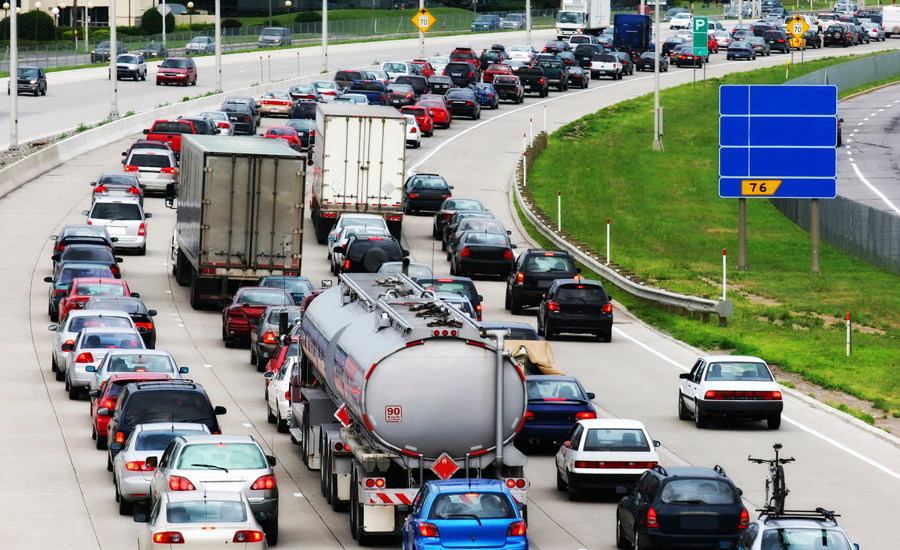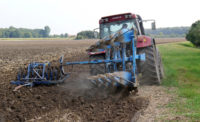A FairWarning story
Researcher says auto safety measures prevented millions of deaths

Posted with permission from Fairwarning.org:
Traffic safety measures ranging from seat belt and drunk driving enforcement to design standards for cars and trucks “averted a public health disaster” by preventing about 5.8 million deaths in the U.S. from 1968 through 2015, according to a new study.
The analysis found that without federal and state policies, traffic deaths annually would “likely have been in the hundreds of thousands rather than tens of thousands” in recent years. The report, published in the Journal of Public Health Policy, was by Leon Robertson, an injury epidemiology expert who taught at Yale and Harvard and has written more than 150 research papers and books, many on automotive safety.
Robertson’s estimate of 5.8 million lives saved over nearly a half-century is almost 10 times higher than a previous government estimate for a similar period. At least one other auto safety expert – Charles Farmer, the vice president for research at the Insurance Institute for Highway Safety – characterized Robertson’s estimate as way too high.
But Robertson told FairWarning that his peer-reviewed study reflected a broad array of factors that influence safety. He took into account the rising numbers of registered cars, trucks and motorcycles in recent decades, along with increases in miles traveled. Robertson also evaluated population growth and the increases in young, inexperienced drivers, who have a higher risk of accidents. Other considerations included population shifts to warmer states, where people tend to drive more.
| Want more stories like this? Sign up here to get news alerts. |
To put together his estimate, Robertson also looked at traffic fatality totals from the years before modern federal and state safety measures were adopted. He assessed the benefits from, along with seat belts, air bags and other innovations, federal standards for such improvements as stronger roofs and steering columns that won’t spear the driver in a front-end collision. Today, there are more than five dozen federal safety standards that automakers are required to follow, and NHTSA occasionally adds more. Also factored in were roadway improvements such as better guardrails.
Robertson acknowledged that even he was surprised by the number of saved lives that he tallied. Still, he said, “If you look at the percent effectiveness of each of these death-reduction measures that occurred over the years, it is certainly plausible that you would get in that range.”
Big benefits from buckling up
Robertson said some of the biggest life savers were laws requiring people to buckle up. The rate of seat belt use has risen from about 15 percent before states starting enacting laws requiring their use in the 1980s to more than 88 percent recently. Wearing the lap and shoulder belt, studies have found, reduces the chance of dying in a crash by about 45 percent.
Electronic stability control, Robertson said, is almost as effective as seat belts in saving lives. Vehicles equipped with electronic stability control – designed to prevent deadly rollover accidents – had 42 percent fewer fatalities.
Leon Robertson, an injury epidemiology expert, says U.S. traffic safety measures “averted a public health disaster.”
The report said other important factors include structural changes to make vehicles safer in crashes by absorbing energy before it reaches the occupant compartment, tougher drunk driving laws and graduated licensing, which puts stricter requirements on teenage drivers.
Estimating highway deaths is relatively easy. It relies heavily on police reports. NHTSA’s figures from police reports show nearly 2.1 million traffic fatalities from 1968 to 2015. Another 37,000 lives were lost in 2016, the most recent year for which numbers are available, according to the federal agency.
Figuring out the number of lives saved is trickier. As NHTSA says on its website, “No database can provide the plethora of information that would be needed to produce exact lives saved counts.” For example, the agency notes while one person may die in a crash others may be saved – due to, say, using seat belts – and police might not collect that information. In response to a request by FairWarning for comment on Robertson’s report, NHTSA said it “looks forward to reviewing it. The agency agrees the message is clear – lives have been saved by vehicle safety technologies over the years.”
Praise and skepticism
Safety advocates were buoyed by Robertson’s findings. “This study confirms that millions of American lives have been saved as a result of smart, tough, and targeted federal, state, and local road and driver regulations, as well as mandatory vehicle safety technology,” said Jason Levine, executive director of the Center for Auto Safety, a nonprofit advocacy group.
Louis Lombardo, a former NHTSA official who runs the Care For Crash Victims website, lauded the study for focusing on the “benefits of safety regulations after decades of deadly anti-regulatory policies.”
But Farmer, of the Insurance Institute for Highway Safety, which supports strong safety measures, told FairWarning that Robertson makes too many assumptions over too long a period of time.
Robertson’s assessment also differs from the findings of another safety researcher, Leonard Evans, who has argued the United States has fallen far behind other countries in traffic safety. In 2014 in The American Journal of Public Health, Evans said there has been a failure “of near incomprehensible magnitude” in the United States because of a focus on safety regulations and technology-laden vehicles instead of modifying driver behavior to, among other things, reduce speeding.
About FairWarning
This story was reported by FairWarning (www.fairwarning.org), a nonprofit news organization based in Pasadena, Calif., that focuses on public health, safety and environmental issues.
Looking for a reprint of this article?
From high-res PDFs to custom plaques, order your copy today!





